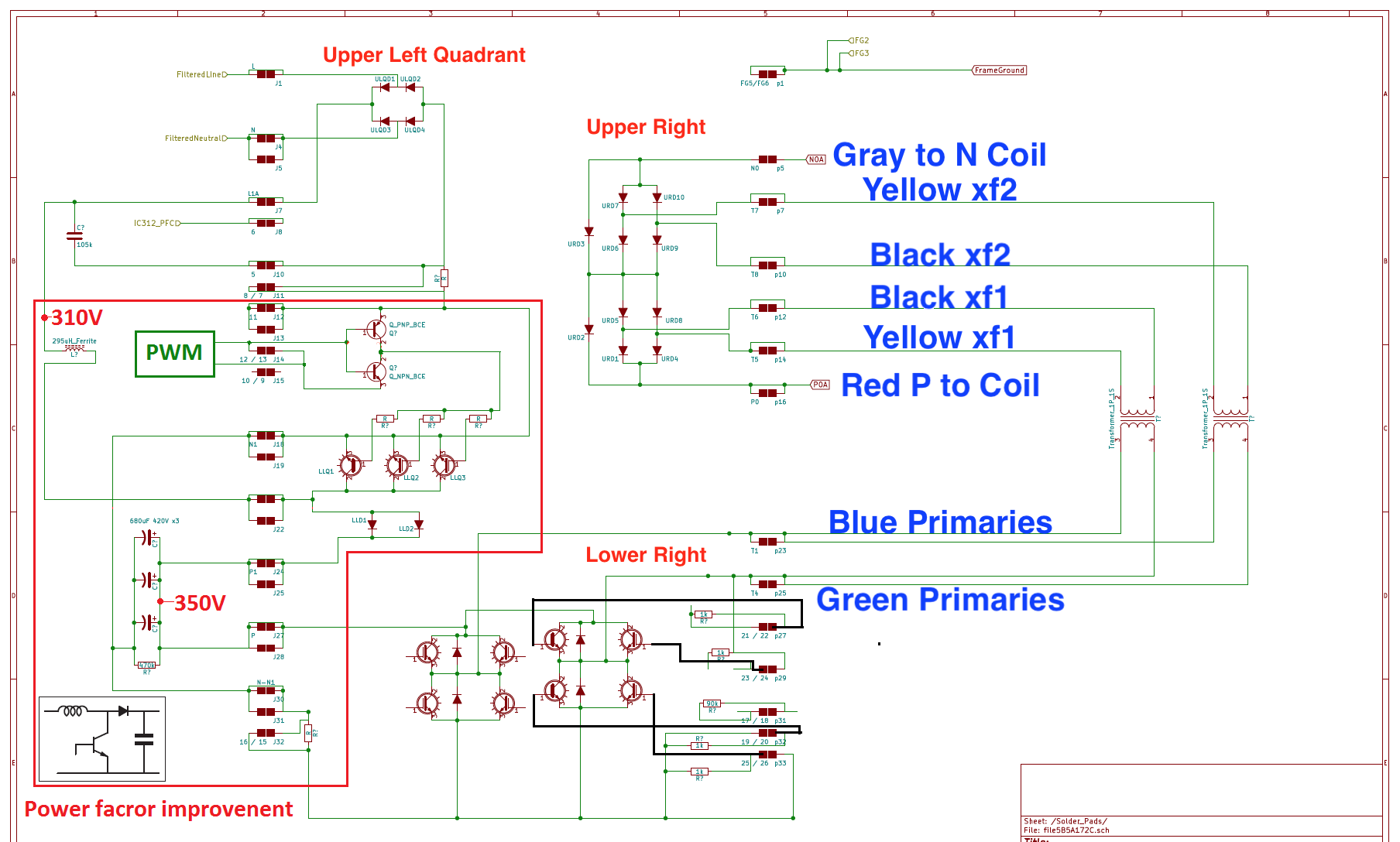mwahlgreen
Active member
Hey great internet Oracle
I beg for a fast reply (kiev?). I need to my car fixed in a jiffy
Car can quick charge, but not slow charge (type 1)
I loss two hours for charging everyday to charging in quick charge, however I can manage to go to work every day.
I changed the MCU fuse with original fuse from Mitsubishi Japan.
(link somewhere is this thread: http://myimiev.com/forum/viewtopic.php?t=4310, as I recall)
I changed the snubber caps on board with:
https://dk.farnell.com/vishay/564r60gad10/cap-1000pf-6-kv-20-z5u/dp/2860032
Q: What do I buy to replace parts: Resistors and relays in dog house?
Q: Did I buy and install the wrong snubber caps?
After I touched one resistor:

Before I touched one resistor

Resistors after my upgrade, before I tested if the car could charge, look for them in the picture at the bottom:

I found this, when I opened the DC/DC at before my "upgrade":

The car was working before this.
I look forward to your help.
I have taken a lot of pictures and were planning to do a walkthrough.
I beg for a fast reply (kiev?). I need to my car fixed in a jiffy
Car can quick charge, but not slow charge (type 1)
I loss two hours for charging everyday to charging in quick charge, however I can manage to go to work every day.
I changed the MCU fuse with original fuse from Mitsubishi Japan.
(link somewhere is this thread: http://myimiev.com/forum/viewtopic.php?t=4310, as I recall)
I changed the snubber caps on board with:
https://dk.farnell.com/vishay/564r60gad10/cap-1000pf-6-kv-20-z5u/dp/2860032
Q: What do I buy to replace parts: Resistors and relays in dog house?
Q: Did I buy and install the wrong snubber caps?
After I touched one resistor:
Before I touched one resistor
Resistors after my upgrade, before I tested if the car could charge, look for them in the picture at the bottom:
I found this, when I opened the DC/DC at before my "upgrade":
The car was working before this.
I look forward to your help.
I have taken a lot of pictures and were planning to do a walkthrough.

